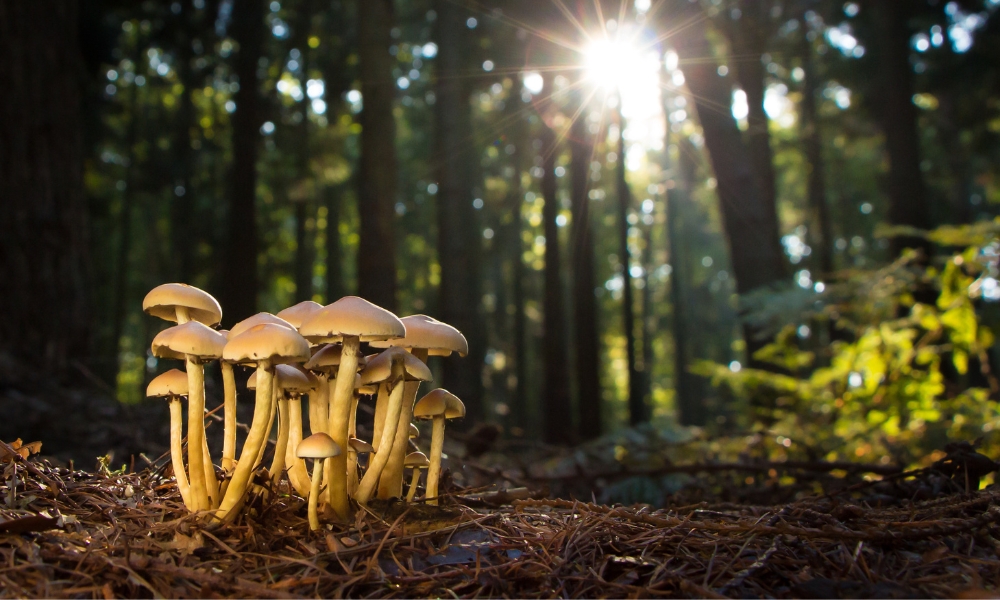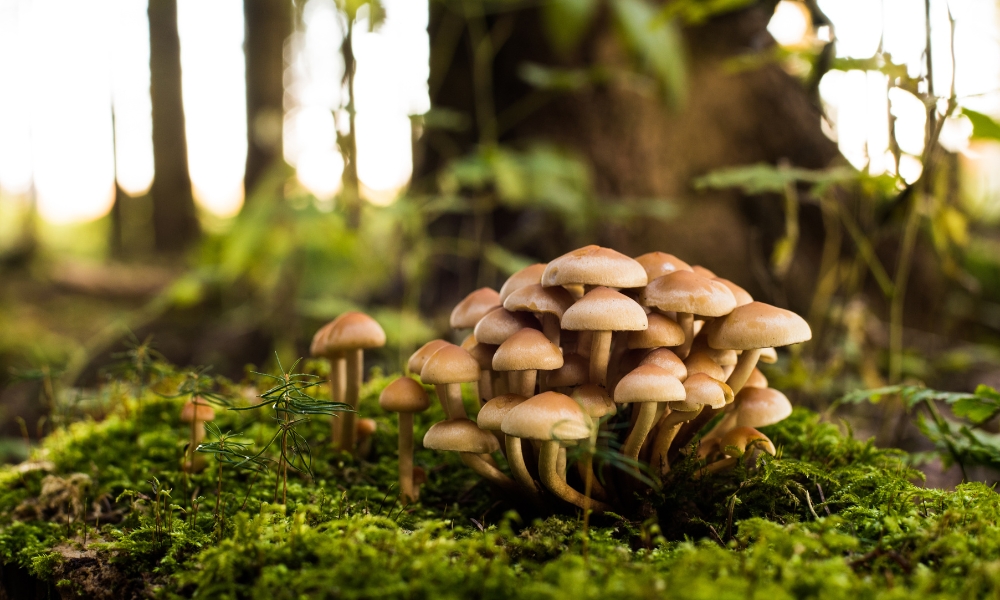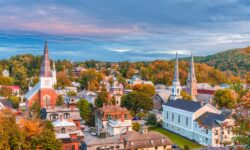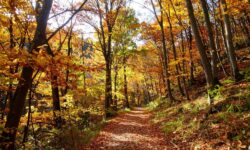Why Mushroom Hunters Flock to This Hidden National Park

Image Name: Dzūkija National Park
Imagine entering a world in which the air smells like pine, the ground of the forest is a collage of leaves, and the excitement of discovery hides under every tree. Drawing mycophiles from all around the globe to its pure nature, Dzūkija National Park in southern Lithuania is a refuge for mushroom hunters. Travelers looking for an immersive foraging experience should visit this national park, which is just one hour’s drive from Vilnius, the capital of the nation, and provides a special mix of nature, history, and gastronomic adventure.
One Land Rich in Fungal Treasures
Dzūkija’s mushroom richness is hidden in its unusual soil composition, molded thousands of years ago by Ice Age glaciers. These glaciers left behind sandy, well-draining earth, which is ideal for mycelium, the underground fungal network, to flourish on. One of the most varied mushroom-foraging locations in Europe, the area’s bogs, marshlands, and thick pine forests foster an environment where over 300 kinds of edible mushrooms flourish.
The Cultural Inheritance of Foraging
Foraging is a well-ingrained habit rather than only a pastime in Lithuania. For millennia, mushroom picking has been a way of life that shapes regional food, livelihoods, and even social conventions. Families used to rely on foraging for food; they sold mushrooms to nearby areas and even provided some of the best fungus in Europe to chefs in Vilnius, Warsaw, and St. Petersburg. Though it is no longer necessary nowadays, foraging is nevertheless a cherished national pastime that attracts both residents and tourists into the forest in quest of hidden riches.
The Mushroom Trade
For local populations, the mushroom trade in the area has historically provided revenue. Still bearing traces of this ancient habit, isolated communities like Zervynos once dried and preserved mushrooms for trade. Viliumas Malinauskas, Lithuania’s so-called “Mushroom Millionaire,” amassed his wealth shipping Dzūkija’s mushrooms to markets throughout Europe. Roadside sellers offering freshly harvested chanterelles, porcini, and other wild mushrooms still today are evidence of the continuing importance of this trade.
The skill of mushroom hunting
Foraging in Dzūkija is more difficult than just meandering into the forest and gathering whatever you come upon. To find the optimal circumstances for mushroom development, expert foragers monitor rainfall, humidity, and even the moon cycle. Locals have refined the knack of spotting several species; each prefers particular circumstances; red-capped scaly stalks grow in birch woodlands, and porcini flourish amid white moss and oak trees. But nobody will be sharing their greatest foraging sites; these are jealously guarded secrets!
Special and unusual varieties of mushrooms
Dzūkija presents an unmatched range among the estimated 300 edible mushroom species. Among the most sought-after kinds are such as:
- Prized for their delicate, peppery taste, chanterelles
- Porcini are well-known for their earthy, nutty flavor.
- Often seen in traditional Lithuanian cuisine are milkcap mushrooms.
- Honey fungus: thought poisonous in certain nations but carefully cooked by native people.
- They are highly prized when cooked correctly, but they can be lethal if eaten raw.
Foraging here is an educational experience with insights into sustainable foraging techniques and traditional cooking ways, not only about selecting mushrooms.
A Gastronomic Pleasure
Lithuanian cuisine heavily relies on mushrooms, and many of the most popular dishes highlight foraged variants from Dzūkija. Local cuisines include:
- Mushroom-stuffed potato dumplings or cepelinai
- Grybų sriubi, a sort of mushroom soup
- Kugels, or porcini mushroom potato pudding
- Saffron milk caps and butter-fried russulas
Dzūkija’s wild mushrooms provide traditional meals with a rich, earthy richness from home kitchens to fancy eateries.

Image Name: Mushroom Foraging
Environmental Travel and Foraging Activities
For those ready to enjoy real Lithuanian foraging culture, guided trips offer an excellent introduction. Offering tours guided by Tom Baltušis and Regina Baltušienė, a foraging tour firm, Dzūkijos Uoga shares their great knowledge of the hidden treats of the forest. These excursions let guests safely explore the park and pick wild mushrooms for cooking.
One’s Right to Wander
The Right to Roam rules of Lithuania, which let people freely harvest mushrooms and berries even on private territory, are among the most unusual features of foraging in this nation. A rare privilege in the modern world, visitors can explore the woodlands and savor the abundance of nature without limitations as long as they respect landowners’ privacy.
Maintaining a Time-Honored Custom
Efforts are underway to protect the foraging customs of Varėna, also known as Dzūkija’s “Capital of Mushrooms.” Featuring workshops, cooking demos, and contests to preserve the cultural legacy for the next generations, the town’s annual Mushroom Festival honors the value of mushroom picking.
An unusual travel experience
Dzūkija National Park presents the ideal mix of adventure, history, and environment for those looking for a unique and immersive experience. Discovering Lithuania’s mushroom capital promises a voyage rich with culinary pleasures regardless of your level of experience as a forager or interested visitor.
Dzūkija National Park ought to be first on your list if you are searching for a trip adventure combining history, culture, and cuisine. Engaging with local customs, seeing unspoiled forests, and enjoying the tastes of wild mushrooms, this hidden gem in Lithuania presents one of the most unusual vacation experiences available worldwide. Thus, get ready, lace your hiking boots, and start a unique foraging trip!



